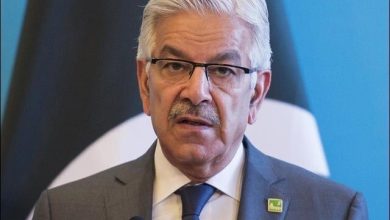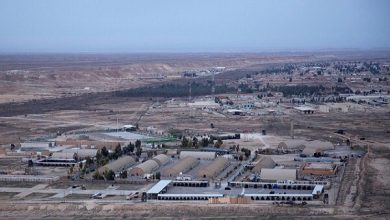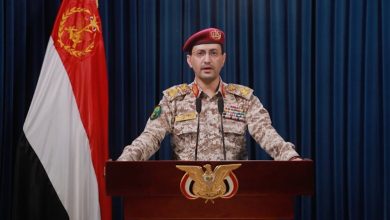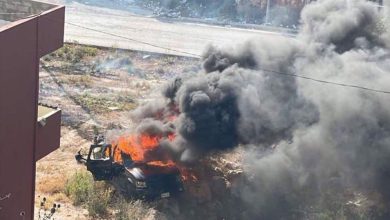Qatar Unveils Framework for Gaza Ceasefire Talks
Qatar has put forward a proposal for a negotiation framework aimed at establishing a 60-day truce in Gaza. The plan includes a phased approach to prisoner exchanges and the distribution of humanitarian aid, with the overarching goal of achieving a lasting ceasefire in the region.
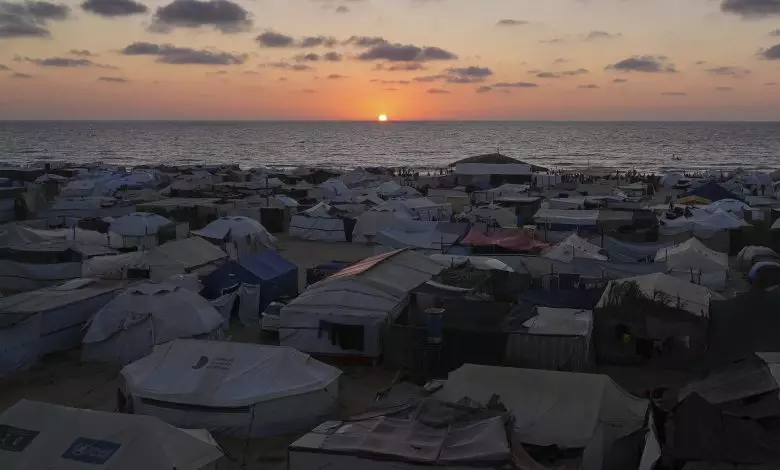
Qatari mediators have proposed a framework aimed at facilitating a durable ceasefire agreement between the Palestinian Resistance in Gaza and Israeli forces.
The Qatari initiative delineated the terms and phases for the implementation of a proposed ceasefire, although authorities emphasized that the released document was unofficial.
The proposed agreement outlines a 60-day ceasefire intended to pause all military actions by both parties. Additionally, it includes an assurance from Trump that “Israel” will honor the terms of the truce for the full duration of the agreement.
The Qatari initiative specifies that Israeli military actions in Gaza will be suspended once the accord is enacted. Under the agreement, Israel’s aerial operations, including both military and reconnaissance missions, will be paused daily for 10 to 12 hours on days designated for prisoner exchanges.
According to recent reports, terms of a proposed ceasefire agreement detail the redeployment of Israeli military forces in Gaza. On the first day following the release of eight Israeli captives, Israeli forces are expected to withdraw from northern regions and the Netzarim corridor, moving to positions outlined in previous agreement maps. Any adjustments to these positions are to be mutually agreed upon and finalized at a later date.
On the seventh day, after the handover of five Israeli bodies, occupation forces will reposition in southern regions according to previously established agreements, with minor modifications to be determined subsequently.
A recent proposal backed by Qatar outlines a ceasefire arrangement that incorporates a prisoner exchange. This provision is set to facilitate the release of 10 living Israeli captives and the return of 18 bodies from an earlier list of 58. The releases are planned to occur in phases on the 1st, 7th, 30th, 50th, and 60th days after the ceasefire is enacted.
The accord specifies a detailed release timeline, beginning with the liberation of eight living Israeli captives on the initial day. On the seventh day, the remains of five individuals will be repatriated, followed by the return of an additional five bodies on the thirtieth day. On the fiftieth day, two living prisoners will be freed, culminating in the release of eight bodies on the sixtieth day of the ceasefire duration.
A recent proposal suggests a simultaneous exchange where “Israel” will release Palestinian prisoners as part of a prearranged mechanism. This exchange will see the return of both living Israeli captives and their remains. The process is designed to be conducted discreetly, avoiding any public ceremonies or displays.
Following the onset of the ceasefire, Hamas is set to deliver comprehensive documentation within ten days, comprising evidence of life, medical assessments, or death certificates for the remaining Israeli captives. In exchange, Israeli authorities will furnish detailed records of Palestinians apprehended in Gaza since October 7, 2023, including data on deceased individuals in Israeli detention.
A Qatari proposal highlights Hamas’s commitment to maintaining the health, safety, and security of captives during the ceasefire period.
Qatar is expressing its backing for ongoing discussions aimed at creating the conditions necessary to secure a lasting ceasefire within a 60-day timeframe. The proposed deal indicates that upon the achievement of such an agreement, all remaining Israeli captives, whether living or deceased, included in Israel’s list of 58 individuals, would be released. Additionally, the proposal suggests that the temporary ceasefire could be prolonged if permanent terms are not concluded within the specified period.
The proposal underscores that discussions facilitated and assured by global stakeholders are set to commence on the first day to establish the conditions for a lasting ceasefire.
The forthcoming negotiations are set to address critical areas such as the conditions for the release of all remaining Israeli captives in exchange for a specified number of Palestinian prisoners detained in Israeli facilities. Discussions will also focus on the redeployment and withdrawal of Israeli troops, along with long-term security arrangements in Gaza. Furthermore, the talks aim to outline plans for post-war governance and reconstruction in Gaza, as proposed by either party, and to establish a permanent ceasefire.
Mediators from the United States, Egypt, and Qatar are set to oversee a 60-day ceasefire, ensuring its adherence and facilitating substantive talks aimed at establishing a permanent peace agreement.
Mediators are expected to ensure that negotiations proceed earnestly over an extended timeline, allowing both parties to arrive at a consensus while upholding all provisions detailed in the current framework.
US Special Envoy Steve Witkoff is set to arrive in the region to finalize the agreement and spearhead the negotiation efforts. In parallel, Trump has announced a ceasefire. The document indicates that the United States, along with Trump, is dedicated to facilitating fair negotiations until a comprehensive agreement is secured.
In terms of humanitarian aid, the proposal outlines that support will be provided to Gaza promptly once Hamas agrees to the ceasefire deal. The delivery process is set to follow the guidelines established in the January 19th agreement.
The assistance package encompasses the reconstruction of essential infrastructure, including water, power, and sewage systems. It also aims to restore hospitals and bakeries, supply equipment for debris removal, and facilitate the reopening of the Rafah crossing to accommodate travelers, patients, and commercial activities.



